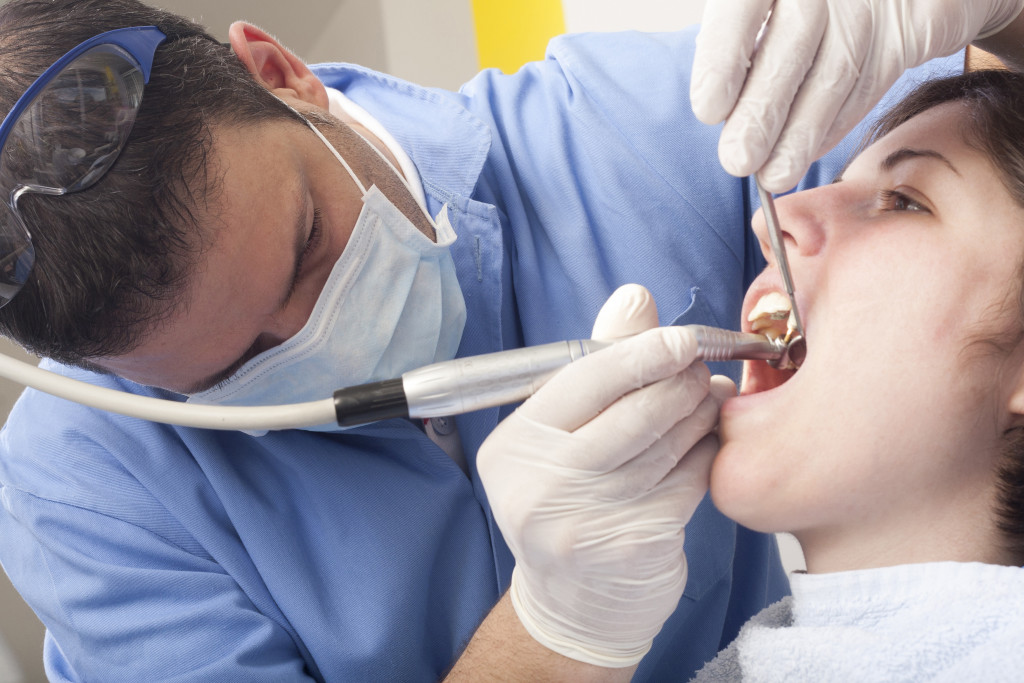- Severe dental crowding in children can be caused by genetics, thumb-sucking, or other factors.
- Severe crowding can lead to pain and discomfort, poor oral hygiene, gum disease, tooth decay, and bad breath if left untreated.
- Treatment options for severe dental crowding include palatal expansion, braces, Invisalign aligners, and tooth extraction.
- Parents should encourage children to brush and floss regularly to prevent dental crowding and avoid sugary foods and drinks.
Dental crowding is a common problem among children, teenagers, and adults. However, severe crowding can pose a significant risk to overall dental health and cause discomfort.
Severe dental crowding in children can result from various factors, including genetic predisposition, dental abnormalities, and childhood habits. This blog post explores the causes, risks, and potential treatment plans for severe dental crowding in children.
Causes of Severe Dental Crowding
One of the common dental problems that parents worry about is severe dental crowding, which not only affects the appearance of the child’s smile but also leads to serious dental health issues if left untreated. Here are the common causes of this condition:
Genetics
Dental crowding is often hereditary, which means that it runs in families. If one parent has experienced crowding, their children are more likely to experience dental crowding too. Children with smaller mouths, jaws, or tooth size discrepancies might be from genetic influences. Moreover, orthodontic treatment at an early age can prevent your child’s obvious crowding from getting worse.
Thumb sucking
Thumb sucking is a common habit in children but can also lead to severe dental crowding. Prolonged thumb or finger sucking can cause the child’s teeth to move out of position, leading to misalignment.
Parents should discourage their child’s thumb-sucking habit, particularly as soon as it becomes more intensive. Children who did not stop sucking their thumbs before the eruption of adult teeth are also more likely to develop dental crowding.
Risks Associated with Severe Dental Crowding

When dental crowding becomes severe, it can pose various risks to dental health. Initially, it might cause pain and discomfort, making brushing, flossing, and maintaining good oral hygiene hard for your child. This might lead to other dental problems, such as gum disease, tooth decay, and bad breath. In severe cases, dental crowding can also affect your child’s speech, bite, and jaw alignment.
Treatment Options
When treating severe dental crowding in children, various treatment options are available. Depending on the severity of the condition, your child’s dentist might recommend one of the following options:
Palatal expansion
If severe dental crowding results from a narrow palate (the roof of the mouth), palatal expansion can help broaden the jaw and create more space for permanent teeth. The treatment uses a dental arch expander appliance, which applies gentle pressure to the back of the palate to widen the arch. Palatal expansion typically lasts for several months and can improve breathing and reduce the risk of tooth damage in the future.
Braces

Braces are the most common treatment option for severe dental crowding in children. Braces consist of brackets, wires, and elastic bands, straightening teeth with constant and gentle pressure.
Braces can correct orthodontic issues, including crowding, crookedness, and spacing irregularities, and can be customized to meet your child’s needs. However, braces require regular appointments and dietary restrictions and may cause temporary discomfort.
Invisalign aligners
Invisalign aligners offer a virtually invisible, effective treatment alternative for children who may feel self-conscious about traditional braces. Invisalign aligners are transparent trays that gradually shift teeth into the desired position.
Aligners are custom-made using 3D-imaging technology and can be easily removed for eating, brushing, and flossing. Invisalign treatment requires fewer appointments than braces and can offer faster results.
Tooth extraction
In severe dental crowding cases, your child’s dentist may recommend removing one or several teeth to create more room in the mouth. Tooth extraction is only considered when crowding is too severe, and alternative treatments would not be successful. After tooth extraction, your child may need braces or other orthodontic treatments to achieve proper alignment.
Prevention Tips!
Preventing dental crowding starts with proper oral hygiene and regular dental check-ups. Encouraging your child to brush and floss regularly and avoiding sugary foods and drinks can help prevent plaque buildup and tooth decay.
Early treatment of dental problems such as cavities and gum disease can also help prevent severe dental crowding. It is also essential to avoid childhood habits such as thumb-sucking and pacifier use beyond two years old.
Final Thoughts
In conclusion, severe dental crowding in children is a common problem, but it can be treated. Understanding the causes, risks, and potential treatment options for dental crowding can help parents take preventative measures and make informed treatment decisions.
Early dental check-ups and good oral hygiene habits can prevent severe dental crowding and other dental problems. If you’re concerned about your child’s dental health, schedule an appointment with a pediatric dentist or orthodontist today.




